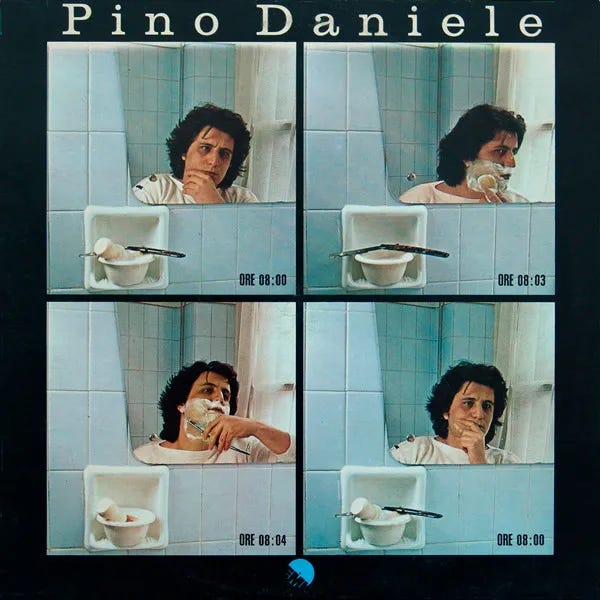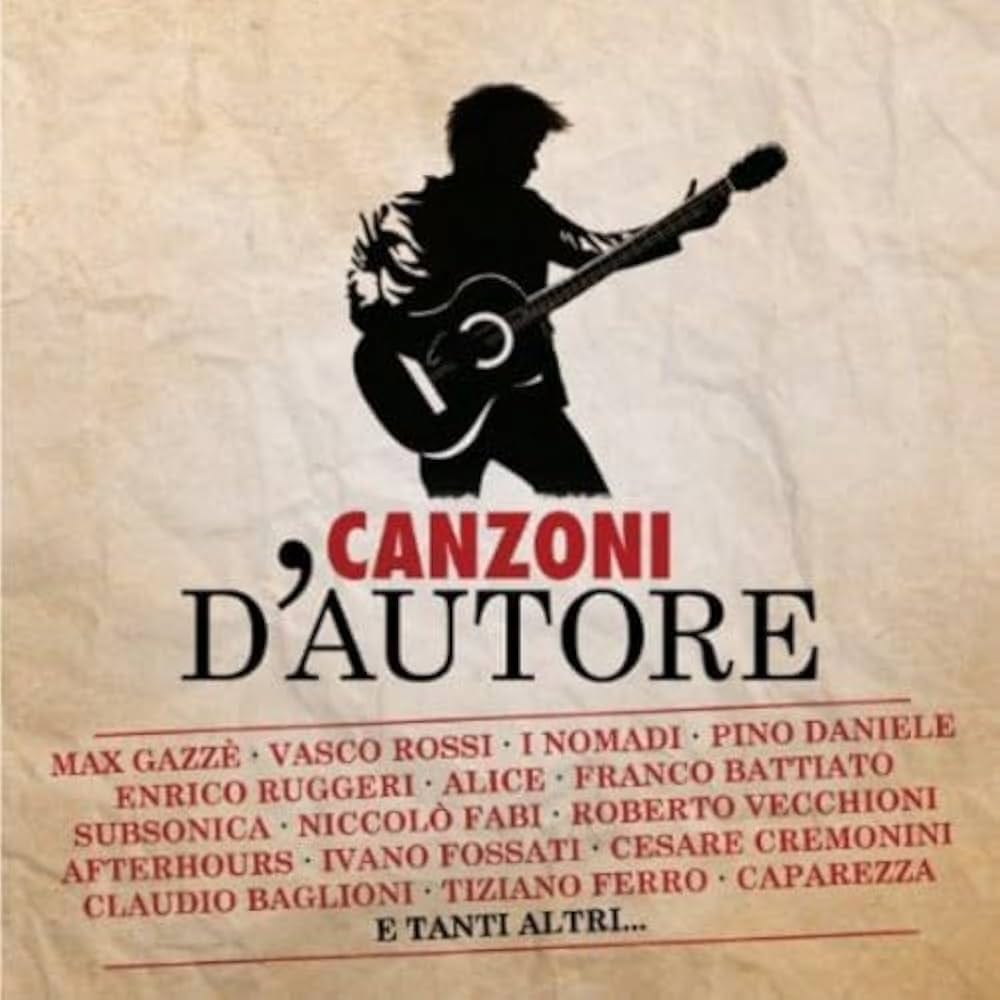EVERY GENRE PROJECT - December 26 - Canzone d'autore
Genre of the Day - Canzone d’autore
Album of the Day - Pino Daniele by Pino Daniele (1979)
Today’s article is both a return to form after yesterday’s much-needed break and a little teaser of what is likely to come next in this writing journey. I am lucky and very grateful to be studying abroad in Italy next semester, and am so excited to deepen my knowledge of a language I’ve been practicing for around 4 years now. Today’s is the fourth of the Italian genres I’ve covered in this column (psichedelia occulta italiana, italo-disco, and tarantella), and the first that allows me to appreciate Italian lyrical ideas straight from the minds and voices of its songwriters. Italy boasts a robust music industry: if you scroll through Spotify’s Italy charts, you’ll find that there’s little penetration from foreign songs relative to many other European neighbors. There is a cornucopia of Italian music to discover: today’s genre is but one jumping off point.
Italy is an apt study of how the modern industrialized world was stitched together: its disparate regions became unified under one kingdom in 1861 as the arc of nation-statehood swept across Europe, standardized Italian began to supersede the use of local languages and dialects with the rise of radio and television, and canzone d’autore finds Italian songwriters interpret the oddities and contradictions of modernity’s growing pains a couple of decades postwar, just as their peers in France, the US, or the UK. This process involved reinvoking local folk styles, explorations undertaken by local scuole cantautorali—which translates to singer-songwriter schools—collectives that popped up in cities, notably first in Genoa. Each major Italian city, from northern Milan down to Naples, had its own scenes of auteurs taking cues from deeply embedded folk traditions in individualist, impressionistic songwriting.
Little unifies canzone d’autore as a whole besides influence drawn from French chanson and a skew for poetic language, in dialogue with the country’s rich literary history that lends vignettes from regions as culturally and geographically different as Sardinia and Piedmont and Calabria. The country’s strife of throughout the 1970s politically emboldened successive waves of auteurs working in the style. However, as harder styles of rock and bold expression came into vogue with the rise of punk, the vision of the collectives began to further splinter. That being said, one of my favorite albums I listened to outside of this project this year, Pezzi della Sera by Marco Castello, beautifully harkens back to the rich songwriting and lush instrumentation that characterized much of canzone d’autore.
Pino Daniele was undoubtedly one of his reference points as one of the brightest lights of canzone d’autore’s late heyday, and his self-titled 1979 album shoots through stereo like a sunbeam of sound and words no matter your proximity to the Italian language. In actuality, he’s not singing in Italian—he’s singing in his native Neapolitan, which shaves off syllables (manifest in the silent e in “Il Mare”) and brims with us and js. He lets it all loose in the languid heat of “Je Sto Vicino a Te”, all brazen horns with drizzles of organ against steady, sweet guitar. He never falls back to formula, whether veering off course to sing in English in “Ue Man!”, sauntering into the hammy cabaret of “Je So’ Pazzo”, or unleashing irresistible festivity in “Chillo È Nu Buono Guaglione.” Lest you forget where we are amidst this range of styles, though, a mandolin weaves in on “Putesse Essere Allero”, the autore perfectly at home alongside an instrument that had accompanied centuries of Italian singers.





